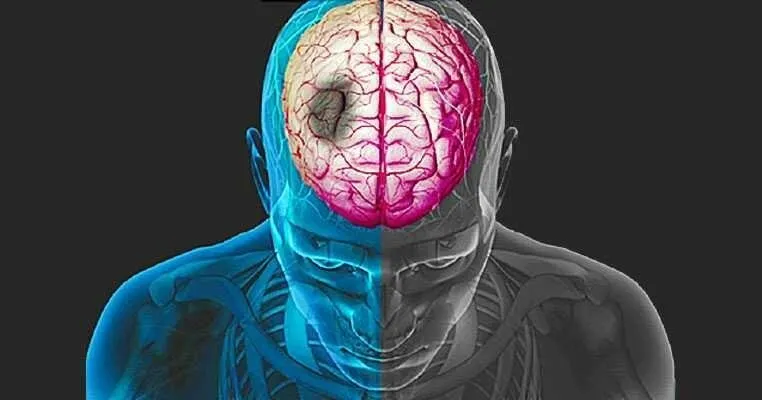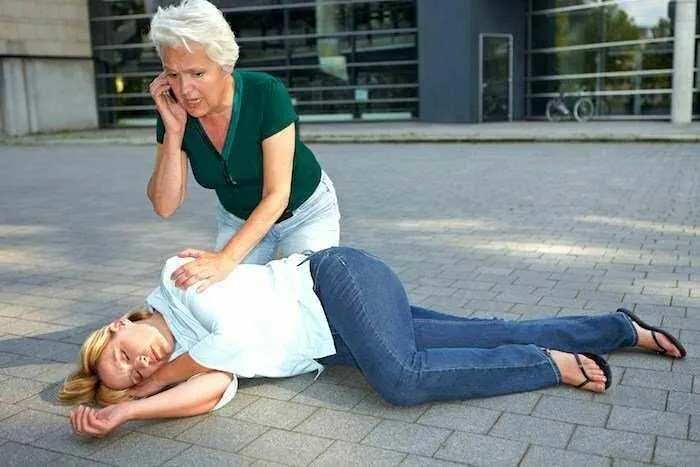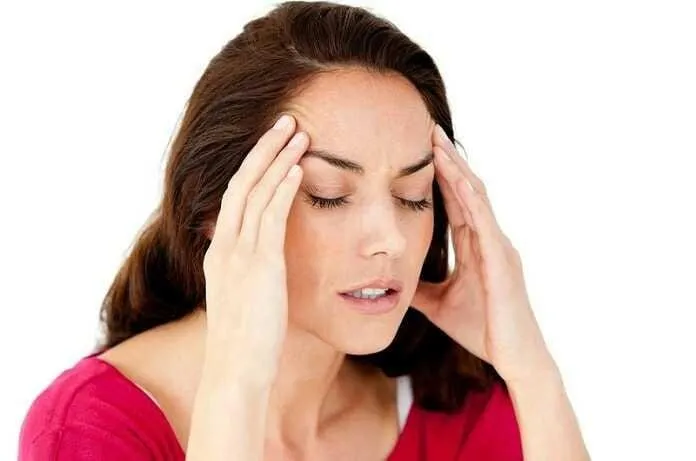Brain paralytic or other stroke; as a result of blockage of the blood vessels leading to the brain, blood does not go to the brain, or excessive rupture leads to tearing of the veins, damage to a region of the brain, and the like.

What is the stroke?
Stroke is the loss of blood flow and loss of function of a part of the brain. This leads to the inability of the body region that is under control of the brain to function. Also called cerebrovascular event. There are two types: a canker (brain hemorrhage) and occlusive (cerebral vascular occlusion). Transient ischemic attack is the spontaneous remission of symptoms of stroke within 24 hours.

Who risks a stroke?
Many factors can increase stroke risk. Some factors also increase the risk of heart attacks.
Treatable stroke risk factors include:
Lifestyle risks;
• Obesity
• Lack of physical activity
• Excessive alcohol consumption
• Drug use (cocaine, amphetamine, etc.)
Medical risks
• Hypertension
• Smoking, secondary cigarette exposure
• High cholesterol
• Diabetes
• Sleep apnea
• Heart diseases
Other risks include;
• Family history of stroke or heart attack
• Being 55 years or older
• Male sex
which is experiencing symptoms of stroke?
• Strong speech, poor understanding
• Arm, leg weakness
• Defect of vision
• Gait impairment, imbalance
• Headache

What is the precaution of early intervention?
Brain perfusion may return to normal if clot-dissolving treatment is applied within 3-4.5 hours of the time window from the start of the symptom.
What kind of intervention should be done in the first minute?
Stroke is an emergency medical condition. An emergency service should be consulted even if any of the following signs develop, are reduced or completely recovered. Face: If one side of the face is below the face when you say "Smile" Arms: If one arm is lower when you say "Raise arms" Speech: If simple words and phrases are difficult to say and repeat If symptoms are not expected to improve. Every minute is important.

What can be done to protect them from stroke?
Blood pressure should be lowered: Ideal blood pressure is 120/80 mm-Hg. To achieve this, salt consumption should be reduced. The total should be less than half a day's tea. High cholesterol levels should be avoided. 4-5 servings of fruit / vegetables a day, 1-2 times a week fish must be eaten. Food should be consumed in proportion to grain and low fat. Exercise should be done. It should be at least 30 minutes per day or more. Smoking should be discontinued if used. If it is not enough, blood pressure lowering medication should be used. Weight should be kept: Body mass index should be kept below 25. To achieve this, it should not be taken more than 2000 per day. Daily physical activity should be increased.
Exercise should be done: Exercise is also a preventive guard against other factors at the same time. To do this, you should go after the breakfast and go to the sports hall with your friends. The stairs should be used instead of the elevator, after 30 minutes of inactivity during the day, it should be stopped for 10-15 minutes.

If rhythm disorders are present, treatment should be done. Some rhythm disorders increase the risk of clots in the heart. This clot can travel from the heart to the brain vessels and cause it to descend.
This disorder called atrial fibrillation can increase the risk of stroke by up to 5 times if not properly treated. In order to achieve this, if there are palpitations, shortness of breath, etc., consult a doctor.
Diabetes should be treated: blood sugar should always be under control. To achieve this, blood sugar should be followed, diet, exercise and treatment if necessary.
Smoking should be discontinued: consult a physician to ensure this, and if necessary, assistive products should be used. The release of cigarettes together with a healthy diet and regular exercise is the most effective lifestyle change to protect from impairment.